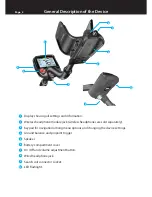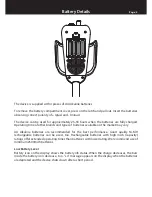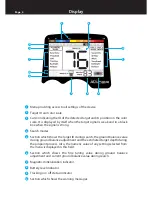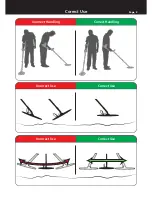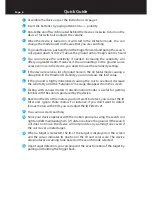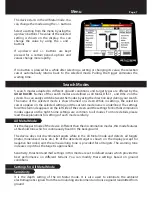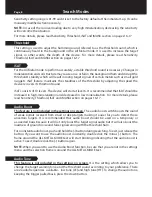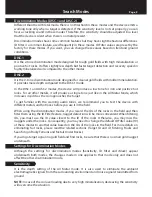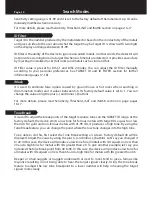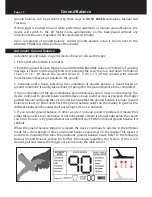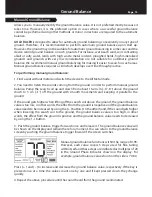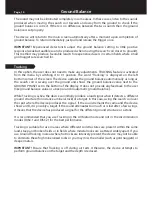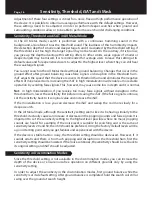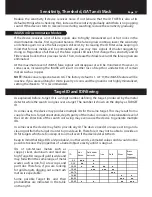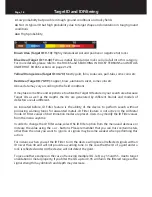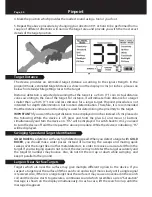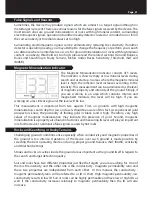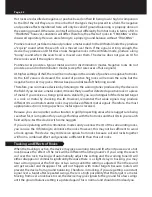
Sensitivity, Threshold and iSAT in All Metal Mode
Adjustment of these four settings is critical for a noise-free and high performance operation of
the device. It is possible to obtain an average performance with the default settings. However,
these settings need to be adjusted in order to perform deeper searches when ground and
surrounding conditions allow or to be able to perform a search under challenging conditions.
In the All Metal mode, search is performed with a continuous humming sound in the
background, also referred to as the threshold sound. The loudness of this hum directly impacts
the detection depth of smaller and deeper targets and it is adjusted by the threshold setting. If
the threshold is set too high, the target signal may not be heard. On the contrary, if it is too low,
you give up the depth advantage this setting offers. In other words, weak signals of smaller or
deeper targets may be missed. It is recommended for average users to leave this setting at its
default value and for experienced users to adjust to the highest level where they can still hear
the weak target signals.
You cannot search in the All Metal mode without ground balancing. Changes that occur in the
ground effect after ground balancing cause false signals or disruption in the threshold hum .
iSAT adjusts the speed that the device recovers its threshold hum and eliminates the negative
effects of mineralized soils. Increasing the iSAT in high mineralization will enable a more stable
operation by avoiding false signals. This, however, may cause some loss in depth and it is normal.
Not:
In high mineralization, if you receive too many false signals without disruption in the
threshold hum, lower the sensitivity first before increasing the iSAT. If the false signals continue,
set the sensitivity back to its original value and increase the iSAT.
If the mineralization is low, you can decrease the iSAT and sweep the coil more slowly for a
deeper search.
In the All Metal mode, although the sensitivity setting seems like it is behaving similarly to the
threshold, it actually causes an increase or decrease in the popping sounds and false signals. It is
important to set the sensitivity setting to the highest level possible where no major popping
sounds are heard. For example; if the noise level is suitable for searching and is the same at
sensitivity levels 20 and 50, then 50 should be preferred. Using the factory default levels will be
a good starting point until you get familiar and experienced with the device.
If the device is stable but too noisy, the threshold setting should be decreased. However, if it
sounds erratic and there is too much popping and disruption in the threshold hum, first the
sensitivity setting should be lowered. If the noise continues, the sensitivity should be set back to
its original setting and iSAT should be adjusted.
Since the threshold setting is not available in the discrimination modes, you can increase the
depth of the device or ensure noise-free operation on different grounds only by using the
sensitivity setting.
In order to adjust the sensitivity in the discrimination modes, first ground balance while the
sensitivity is at its default setting. After ground balance is completed, hold the search coil still or
swing over the ground at search height.
Sensitivity in Discrimination Modes
Page_16
Sensitivity, Threshold, iSAT and iMask

